Home>Renovation & DIY>Tools & Equipment>How To Soften Up Paint Brushes
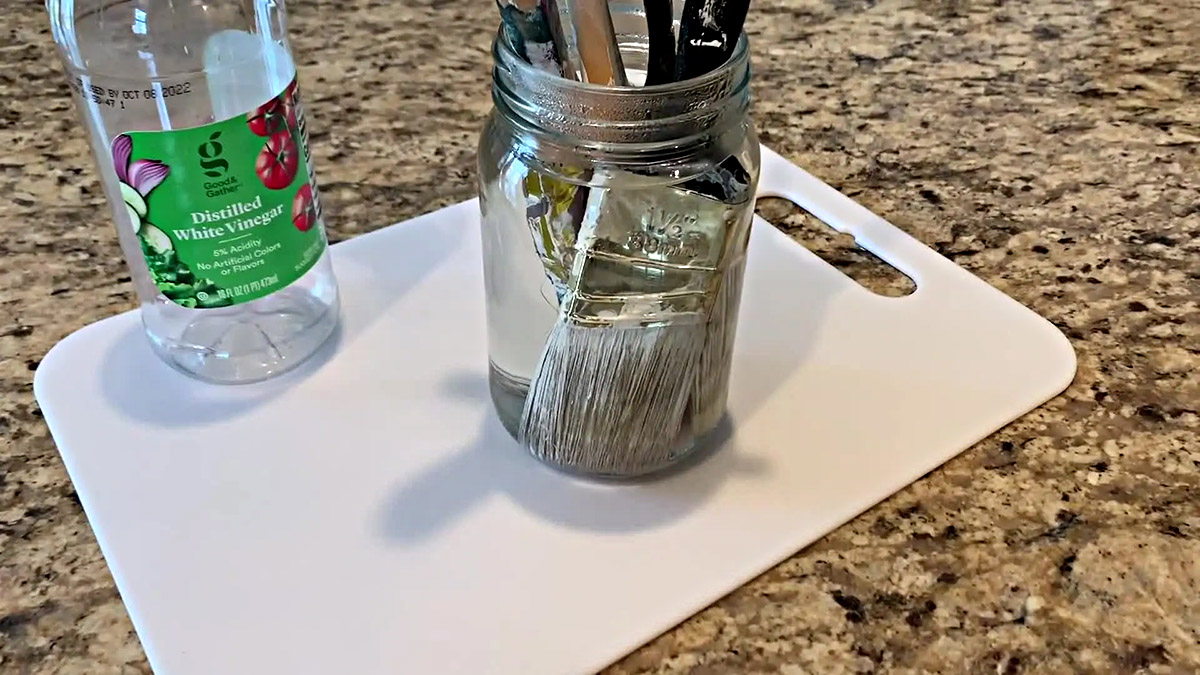

Tools & Equipment
How To Soften Up Paint Brushes
Modified: October 20, 2024
Learn how to soften up paint brushes and extend their lifespan with our expert tips and techniques. Discover the best tools and equipment to keep your brushes in top condition.
(Many of the links in this article redirect to a specific reviewed product. Your purchase of these products through affiliate links helps to generate commission for Storables.com, at no extra cost. Learn more)
Introduction
Painting is a rewarding and creative activity, but it often involves dealing with hardened and stiff paint brushes. Over time, paint residue can accumulate on the bristles, causing them to lose their flexibility and become difficult to use. However, fear not, as there are several effective methods for softening up paint brushes and restoring them to their former glory. By understanding the importance of maintaining soft paint brushes and learning the various techniques for achieving this, you can prolong the lifespan of your brushes and ensure a smoother painting experience.
In this comprehensive guide, we will delve into the art of softening paint brushes, exploring the reasons behind their stiffening, and presenting practical solutions to rejuvenate them. Whether you are a seasoned artist, a DIY enthusiast, or a beginner exploring the world of painting, mastering the art of brush maintenance is essential for achieving impeccable results and maximizing the longevity of your painting tools.
Key Takeaways:
- Soft paint brushes are crucial for smooth, precise artwork. Regularly softening them prolongs their lifespan, saves money, and makes cleaning easier. Try fabric softener, vinegar, or oil for effective results.
- Revive stiff paint brushes with fabric softener, vinegar, or oil. Each method offers a unique approach to restoring flexibility, catering to different preferences and resources. Regular maintenance ensures optimal painting tools for years to come.
Read also: 13 Best Touch Up Paint Brushes For 2025
Understanding the Importance of Softening Paint Brushes
Soft, pliable paint brushes are indispensable tools for achieving smooth and precise brushstrokes. When paint brushes become stiff and hardened, they lose their ability to evenly distribute paint and may leave unsightly streaks on your canvas or surface. Additionally, using stiff brushes can be frustrating and may lead to a less enjoyable painting experience.
Properly softened paint brushes are essential for blending colors seamlessly, creating intricate details, and achieving the desired texture in your artwork. Whether you are working with acrylics, oils, watercolors, or other types of paint, the flexibility of your brushes directly impacts the quality of your artistic output.
Moreover, maintaining soft paint brushes prolongs their lifespan, saving you money in the long run. Stiff bristles are more prone to breakage and may become irreversibly damaged, necessitating frequent replacements. By incorporating regular brush softening techniques into your painting routine, you can extend the usability of your brushes and ensure that they remain in optimal condition for future projects.
Furthermore, softened paint brushes are easier to clean. Stubborn, hardened bristles can make the cleaning process arduous and time-consuming. By keeping your brushes soft and pliable, you can facilitate efficient cleaning, preventing paint buildup and preserving the integrity of the bristles.
Whether you are a professional artist, a hobbyist, or a student, recognizing the significance of softening paint brushes is crucial for maintaining the quality of your artwork and the longevity of your painting tools. With this understanding in mind, let’s explore the various methods for softening paint brushes and rejuvenating them for your next artistic endeavor.
Methods for Softening Paint Brushes
When it comes to reviving stiff and hardened paint brushes, several effective methods can help restore their flexibility and usability. From household ingredients to specialized brush conditioners, there are diverse approaches to softening paint brushes, catering to different preferences and availability of resources. Let’s explore some of the most popular and reliable methods for rejuvenating your paint brushes:
- Using Fabric Softener: Fabric softener is a versatile product that can work wonders in softening paint brushes. By diluting fabric softener with water and soaking the stiff bristles in the solution, you can effectively break down the hardened paint residue and restore the bristles’ suppleness. This method is particularly suitable for synthetic bristle brushes and is known for its efficacy in revitalizing even the most stubbornly stiff brushes.
- Using Vinegar: Vinegar, a household staple with numerous applications, can also be utilized to soften paint brushes. By heating vinegar in a pot and allowing the brushes to simmer in the solution, the acidic properties of vinegar help break down the paint buildup, gradually loosening the bristles and restoring their flexibility. This method is a natural and cost-effective approach to rejuvenating paint brushes, making it an attractive option for environmentally conscious artists.
- Using Oil: Another popular method for softening paint brushes involves using oil, such as linseed oil or cooking oil. By soaking the stiff bristles in oil and allowing them to absorb the lubricating properties, the hardened paint residues can be loosened, and the bristles can regain their pliability. This method is particularly well-suited for oil-based paints and is favored for its simplicity and effectiveness.
Each of these methods offers a unique approach to softening paint brushes, catering to different preferences and available resources. Whether you opt for the convenience of fabric softener, the natural properties of vinegar, or the lubricating effects of oil, restoring your paint brushes to their optimal condition is achievable with the right technique and a little patience.
Now that we have explored these methods, let’s delve into the detailed steps involved in each approach, providing you with the knowledge and confidence to effectively soften your paint brushes and elevate your painting experience.
Using Fabric Softener
Softening paint brushes using fabric softener is a popular and effective method that can breathe new life into stiff and hardened bristles. Fabric softener, known for its ability to impart softness and flexibility to fabrics, can work wonders in restoring the suppleness of paint brush bristles. Here’s a step-by-step guide to using fabric softener to rejuvenate your paint brushes:
- Dilute the Fabric Softener: Begin by diluting a small amount of fabric softener with water in a container. The ideal ratio is approximately one part fabric softener to three parts water. Ensure that the solution is well mixed to achieve a uniform consistency.
- Soak the Brushes: Submerge the stiff paint brushes in the diluted fabric softener solution, ensuring that the bristles are fully immersed. Allow the brushes to soak for several hours or overnight, depending on the severity of the stiffness. This extended soaking period allows the fabric softener to penetrate the bristles and break down the hardened paint residue.
- Rinse and Dry: After the soaking period, remove the brushes from the fabric softener solution and thoroughly rinse them under lukewarm water. Gently massage the bristles to dislodge any remaining paint residue. Once the brushes are clean, reshape the bristles to their original form and lay them flat to dry on a clean towel or drying rack.
It is important to note that this method is particularly well-suited for synthetic bristle brushes. The softening properties of fabric softener can effectively restore the flexibility of synthetic bristles, making them pliable and ready for your next painting project.
By following these simple steps, you can harness the rejuvenating power of fabric softener to soften your paint brushes, ensuring that they remain in optimal condition for your artistic endeavors. This cost-effective and straightforward method offers a practical solution for artists and hobbyists seeking to revitalize their stiff brushes and elevate their painting experience.
To soften up paint brushes, soak them in a mixture of warm water and mild dish soap for a few hours. Then, gently comb through the bristles with a brush comb or your fingers to remove any dried paint. Rinse thoroughly and let them air dry.
Using Vinegar
Utilizing vinegar to soften paint brushes is a natural and cost-effective method that can effectively restore the flexibility of stiff bristles. Vinegar, known for its acidic properties and versatile applications, can break down hardened paint residue, allowing the bristles to regain their pliability. Here’s a step-by-step guide to using vinegar to rejuvenate your paint brushes:
- Prepare the Vinegar Solution: Begin by heating white vinegar in a pot on the stove. Allow the vinegar to reach a simmering temperature, but avoid bringing it to a boil. The heated vinegar will help break down the stubborn paint buildup on the bristles.
- Soak the Brushes: Once the vinegar reaches a simmer, carefully place the stiff paint brushes into the pot, ensuring that the bristles are fully submerged in the heated vinegar. Allow the brushes to simmer in the vinegar for approximately 20-30 minutes, allowing the acidic properties of the vinegar to penetrate the bristles and soften the hardened paint residue.
- Rinse and Dry: After the simmering process, remove the brushes from the vinegar solution and rinse them thoroughly under lukewarm water. Gently massage the bristles to dislodge any remaining paint residue. Once the brushes are clean, reshape the bristles to their original form and lay them flat to dry on a clean towel or drying rack.
This method is particularly suitable for water-based paints and natural bristle brushes. The acidic nature of vinegar can effectively break down the paint residue without causing damage to the bristles, making it a gentle yet potent solution for restoring the flexibility of your paint brushes.
By following these simple steps, you can harness the natural power of vinegar to soften your paint brushes, ensuring that they remain in optimal condition for your artistic endeavors. This environmentally friendly and budget-friendly method offers a practical solution for artists and hobbyists seeking to revitalize their stiff brushes and elevate their painting experience.
Read more: How To Reshape Paint Brushes
Using Oil
Using oil to soften paint brushes is a straightforward and effective method that can breathe new life into stiff and hardened bristles. Whether you opt for linseed oil, cooking oil, or specialized brush oil, the lubricating properties of oil can help break down hardened paint residues and restore the flexibility of the bristles. Here’s a step-by-step guide to using oil to rejuvenate your paint brushes:
- Select the Oil: Choose a suitable oil for softening your paint brushes. Linseed oil is a popular choice, especially for oil-based paints, due to its compatibility with the paint and its ability to condition the bristles. Alternatively, you can use cooking oil as a budget-friendly and readily available alternative.
- Soak the Brushes: Pour a small amount of the selected oil into a container and submerge the stiff paint brushes in the oil, ensuring that the bristles are fully coated. Allow the brushes to soak in the oil for several hours or overnight, allowing the lubricating properties of the oil to penetrate the bristles and loosen the hardened paint residue.
- Clean and Shape: After the soaking period, remove the brushes from the oil and gently wipe off the excess oil using a clean cloth. Thoroughly rinse the brushes under lukewarm water, massaging the bristles to dislodge any remaining paint residue. Once the brushes are clean, reshape the bristles to their original form and lay them flat to dry on a clean towel or drying rack.
This method is particularly well-suited for oil-based paints and natural bristle brushes. The lubricating properties of oil can effectively restore the suppleness of the bristles, making them pliable and ready for your next painting project. Additionally, the conditioning effects of oil can help maintain the integrity of natural bristles, prolonging the lifespan of your brushes.
By following these simple steps, you can harness the rejuvenating power of oil to soften your paint brushes, ensuring that they remain in optimal condition for your artistic endeavors. This versatile and accessible method offers a practical solution for artists and hobbyists seeking to revitalize their stiff brushes and elevate their painting experience.
Conclusion
Softening paint brushes is an essential aspect of brush maintenance that directly impacts the quality of your artistic endeavors. By understanding the significance of maintaining soft, pliable bristles and exploring the various methods for achieving this, you can ensure that your painting tools remain in optimal condition for years to come. Whether you prefer the convenience of fabric softener, the natural properties of vinegar, or the lubricating effects of oil, there is a method suited to your preferences and resources.
Regularly softening your paint brushes not only enhances the quality of your artwork but also prolongs the lifespan of your brushes, saving you time and money in the long run. Additionally, softened brushes facilitate easier and more efficient cleaning, allowing you to focus on your creative process without the frustration of dealing with stiff bristles.
As you embark on your artistic journey, incorporating brush softening techniques into your routine can elevate your painting experience and ensure that your tools are always ready for your next masterpiece. Whether you are a professional artist, a hobbyist, or a student, the art of brush maintenance is a valuable skill that enhances the longevity and performance of your painting tools.
With the knowledge and practical insights provided in this guide, you are equipped to revitalize your stiff paint brushes and unleash your creativity with confidence. Embrace the transformative power of brush softening methods, and enjoy the seamless and enjoyable painting experience they bring.
So, the next time you encounter stiff and hardened paint brushes, remember that with a few simple steps and the right technique, you can soften them and continue creating beautiful works of art with ease and precision.
Frequently Asked Questions about How To Soften Up Paint Brushes
Was this page helpful?
At Storables.com, we guarantee accurate and reliable information. Our content, validated by Expert Board Contributors, is crafted following stringent Editorial Policies. We're committed to providing you with well-researched, expert-backed insights for all your informational needs.
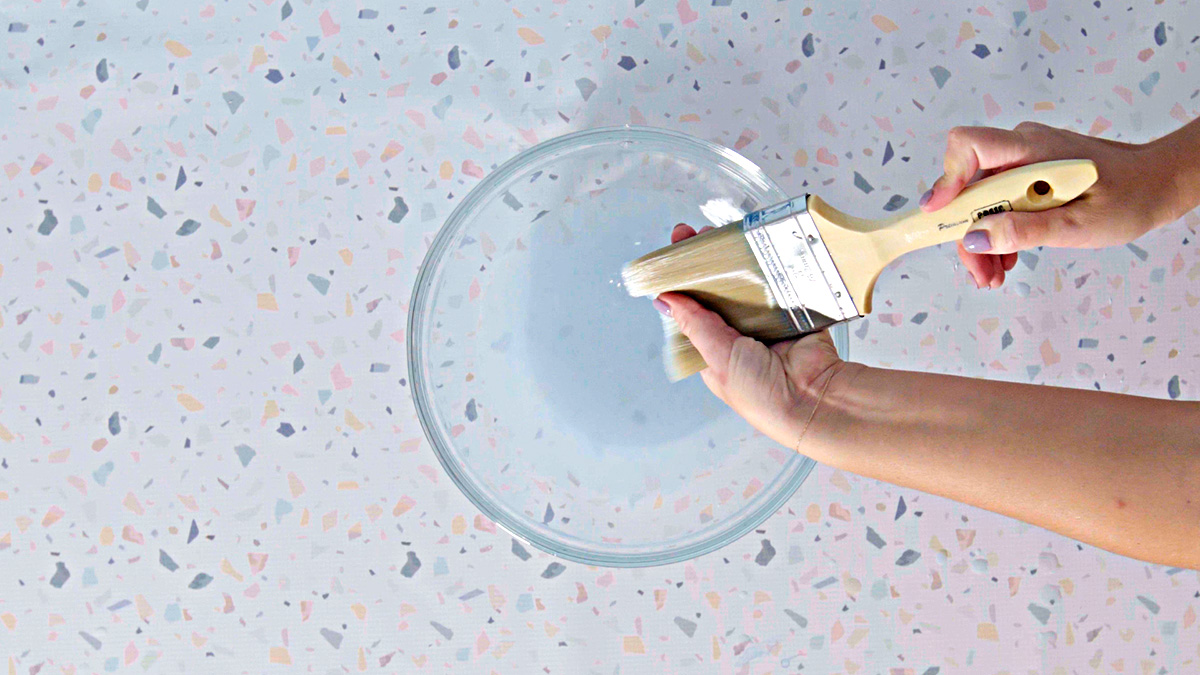
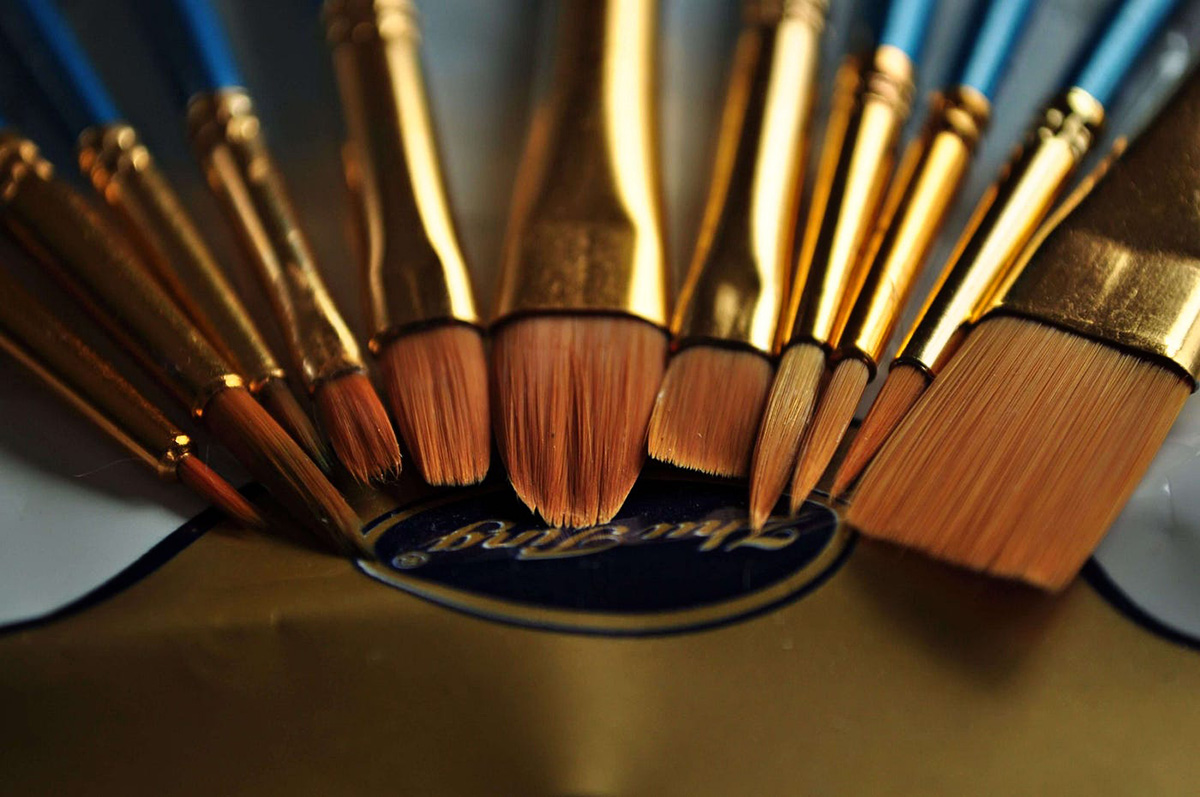
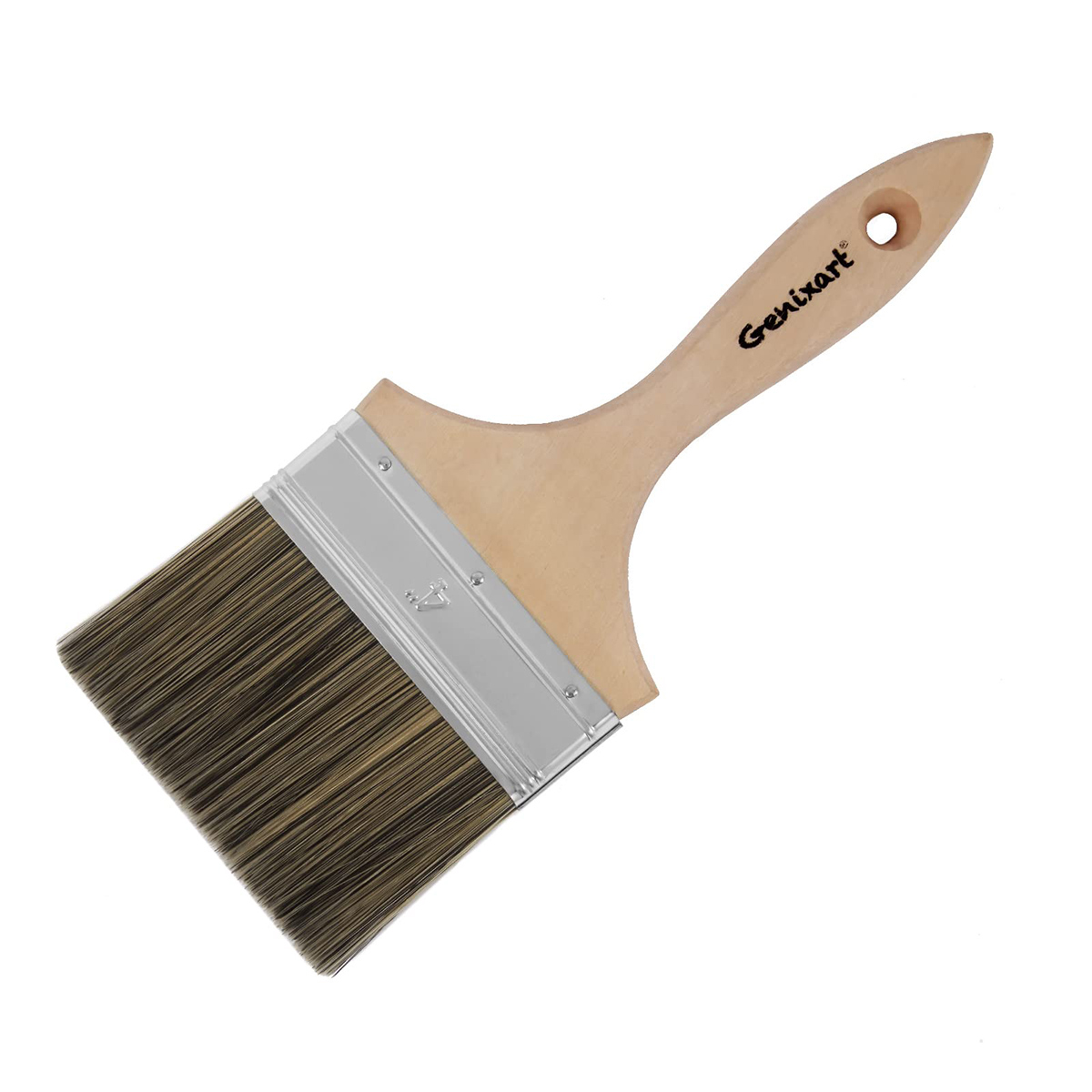
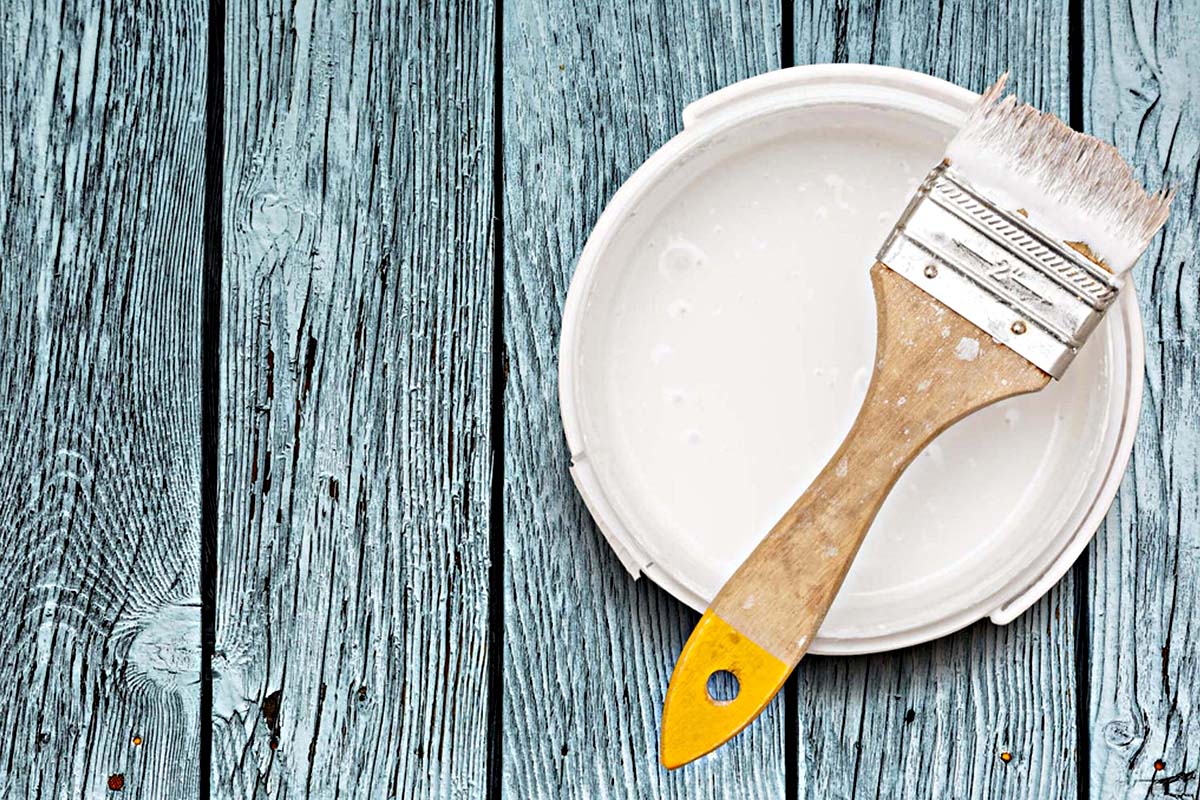
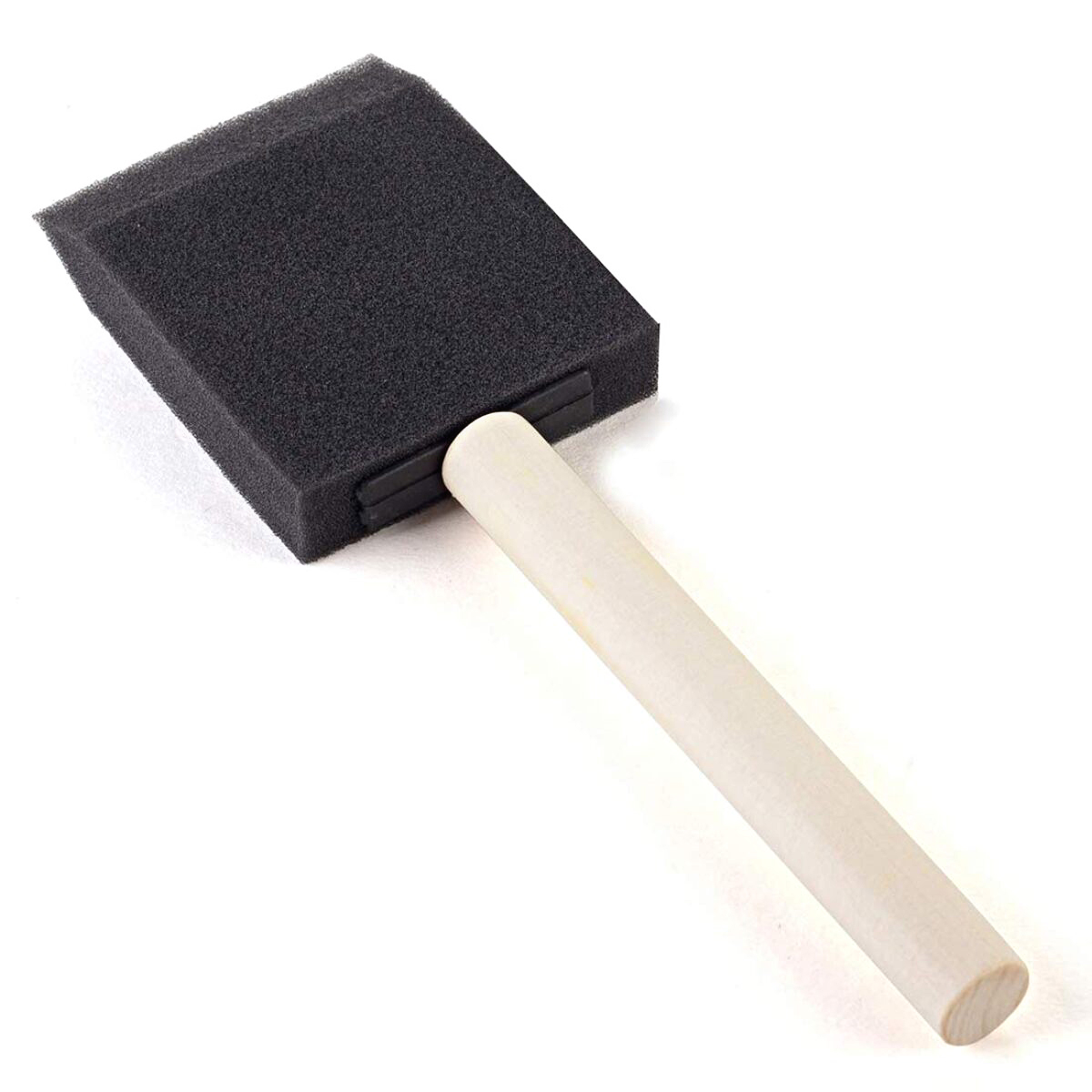
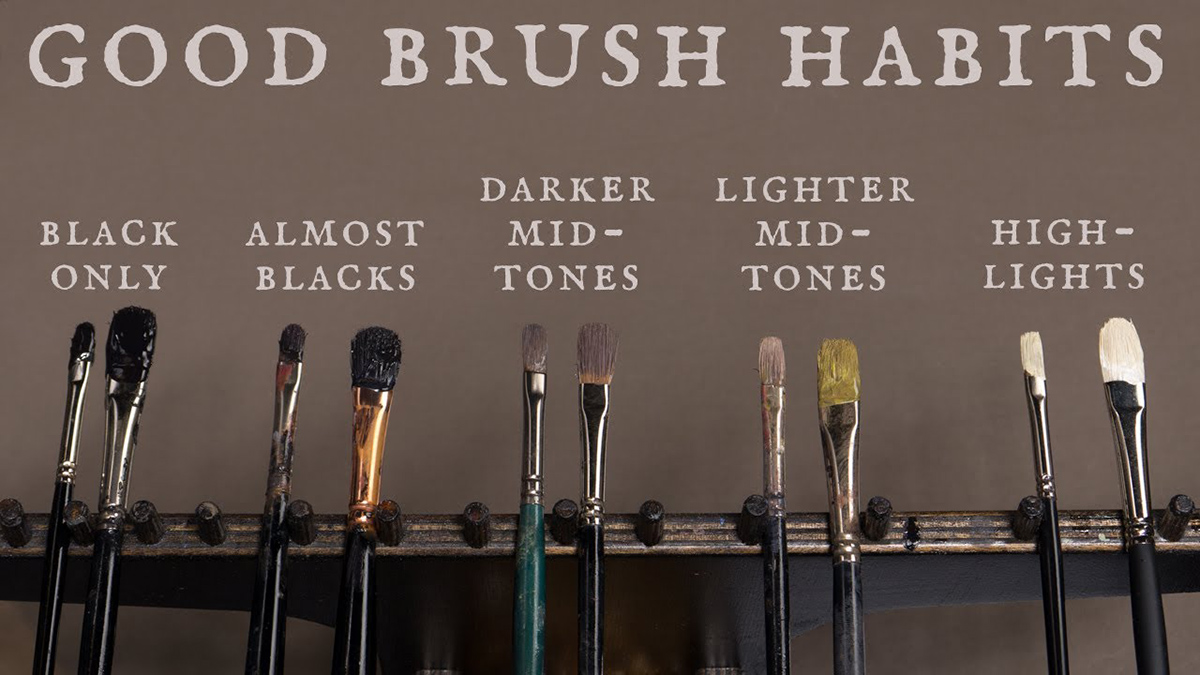
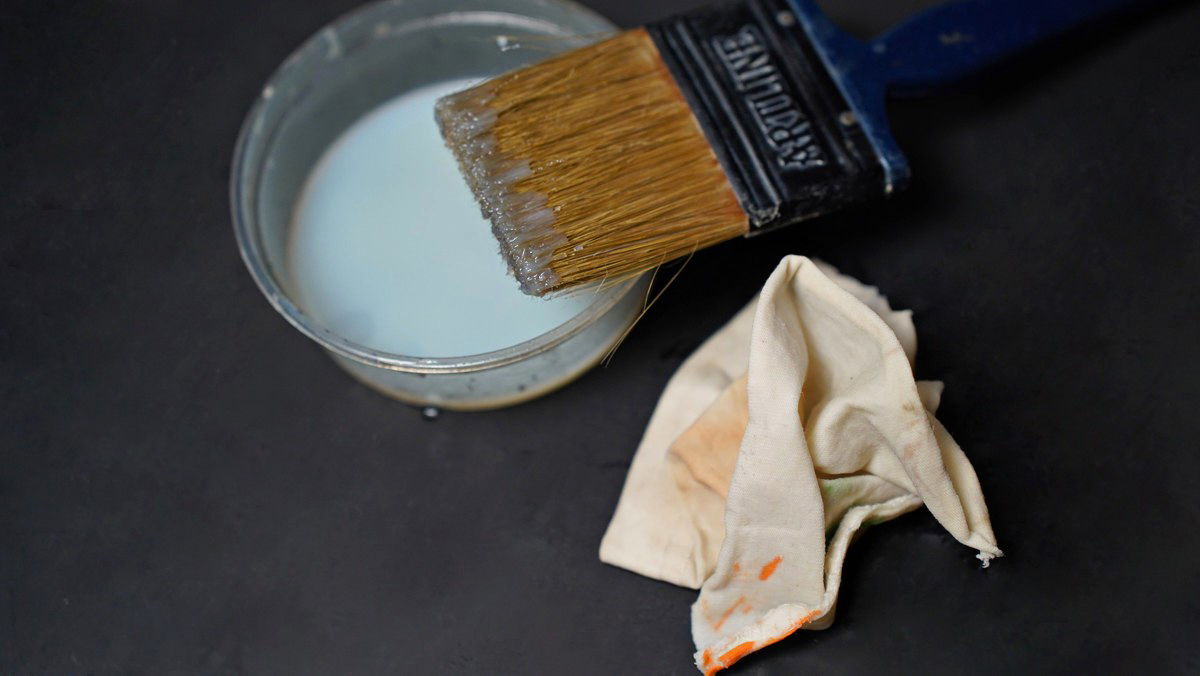
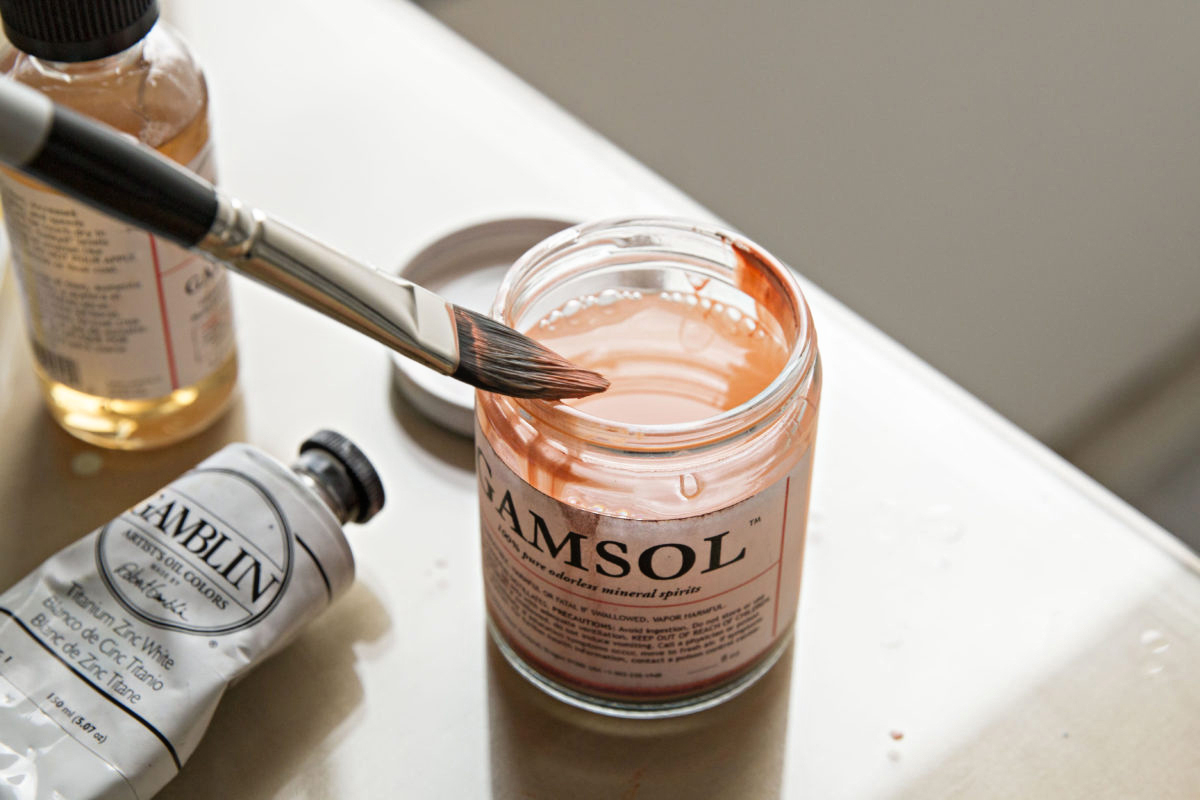
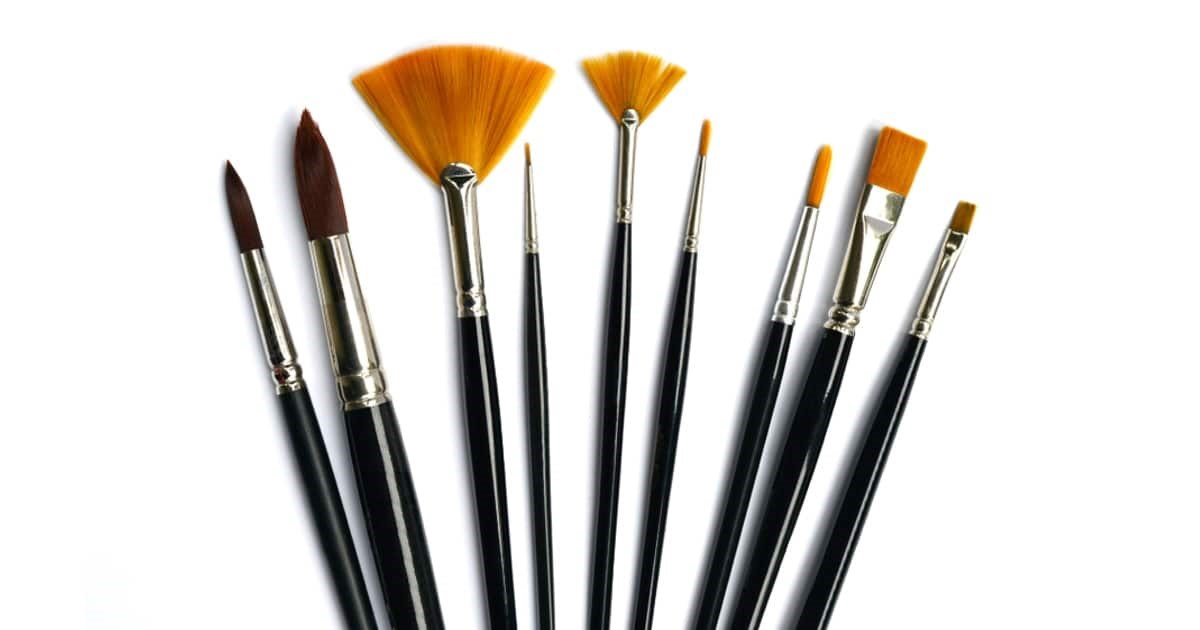
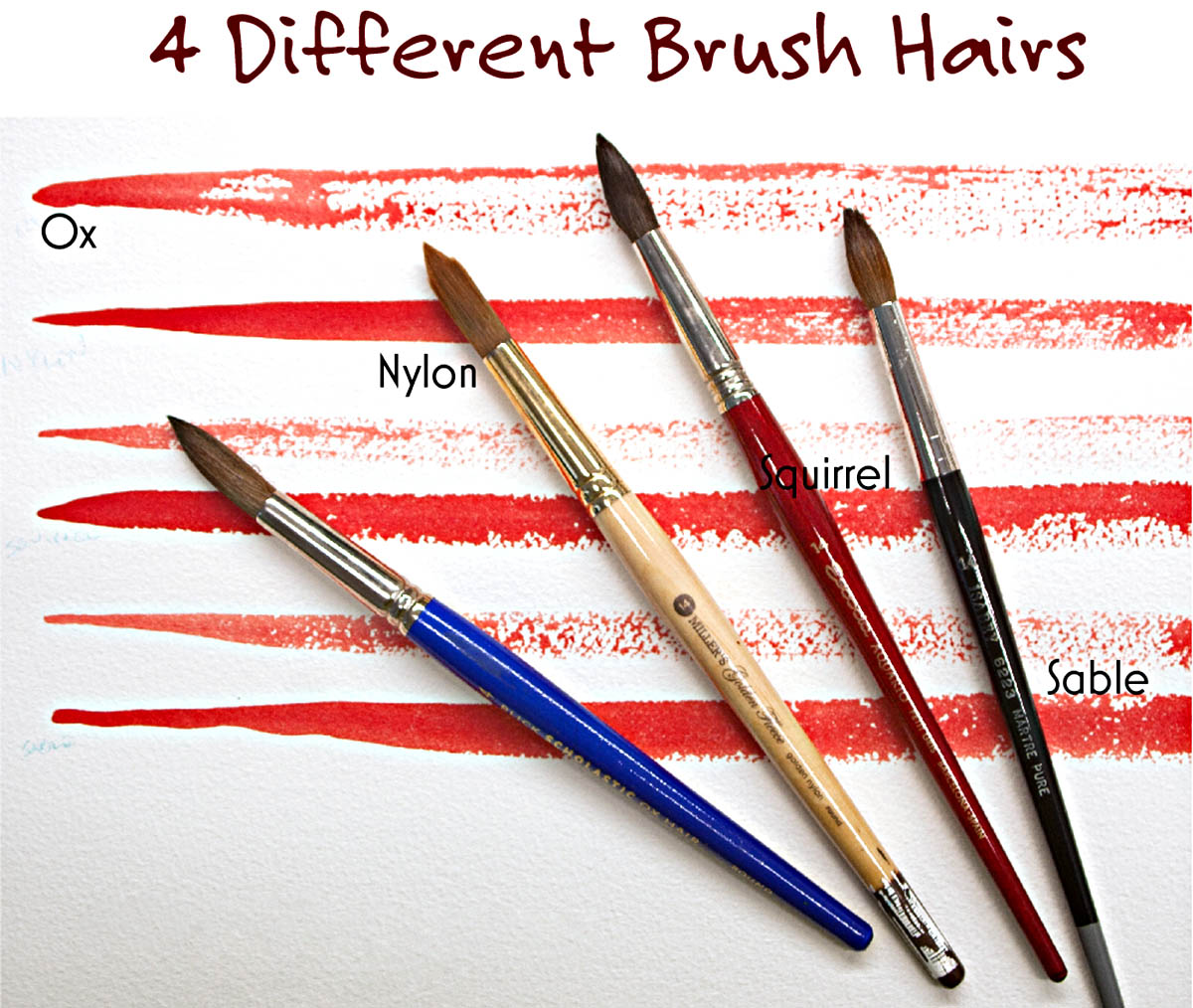
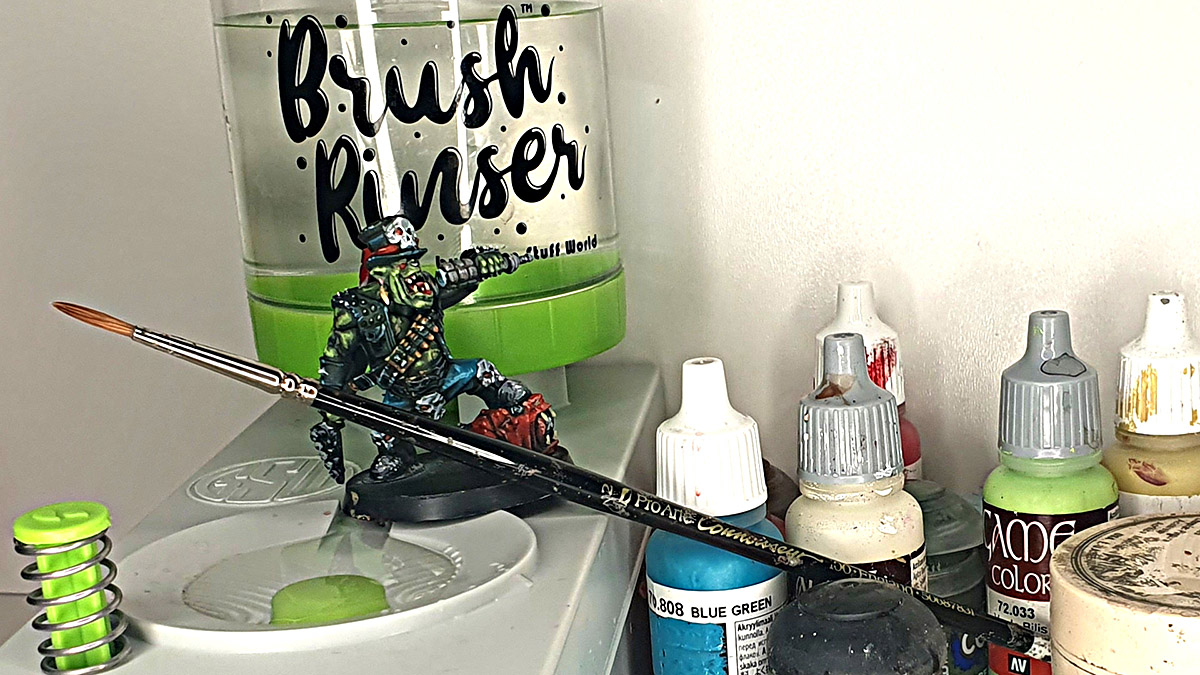
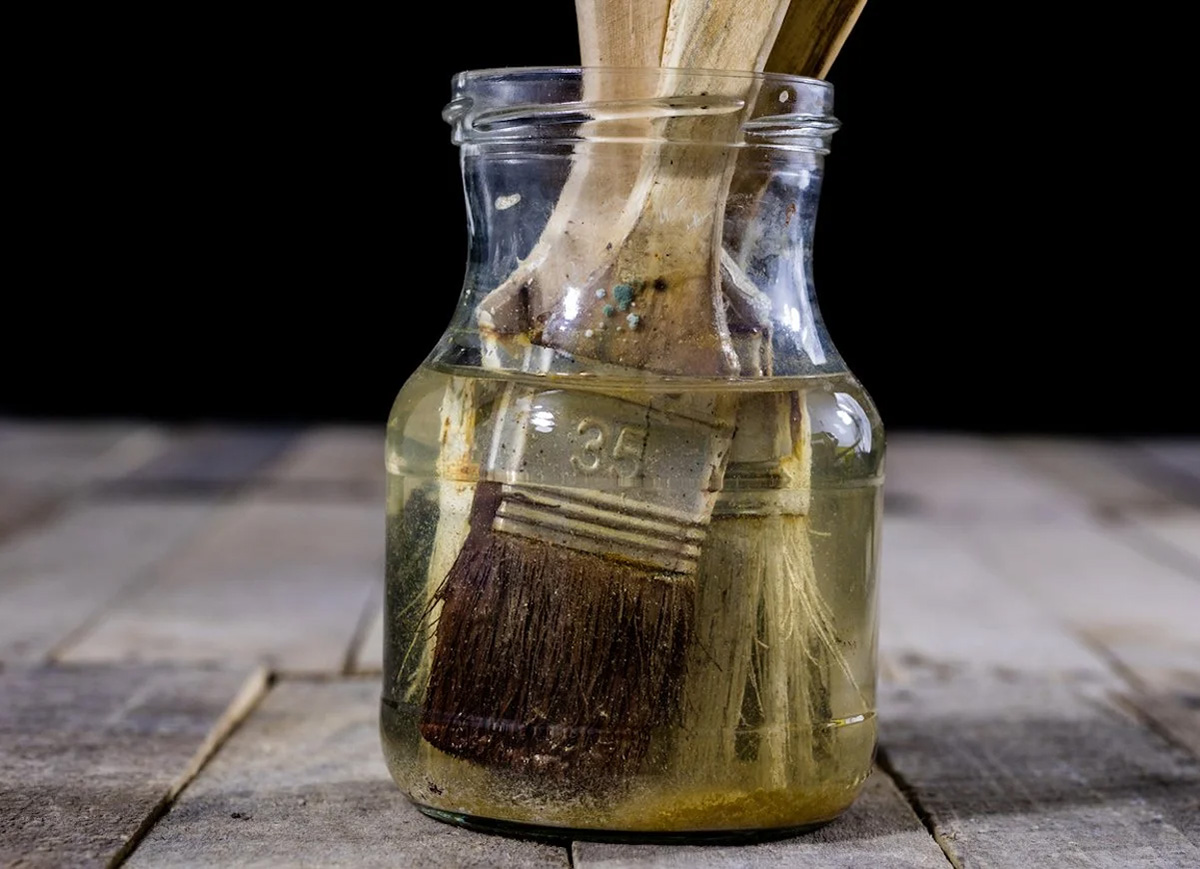
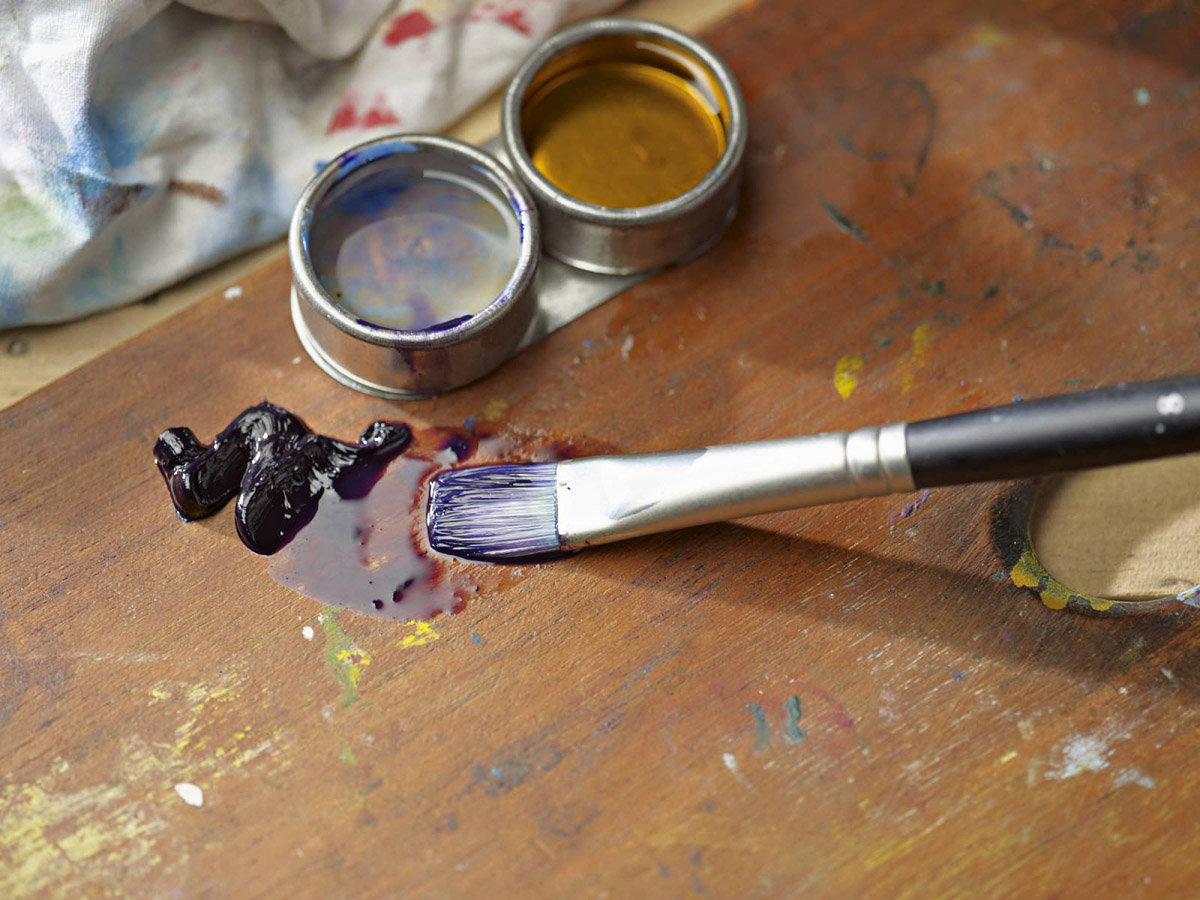
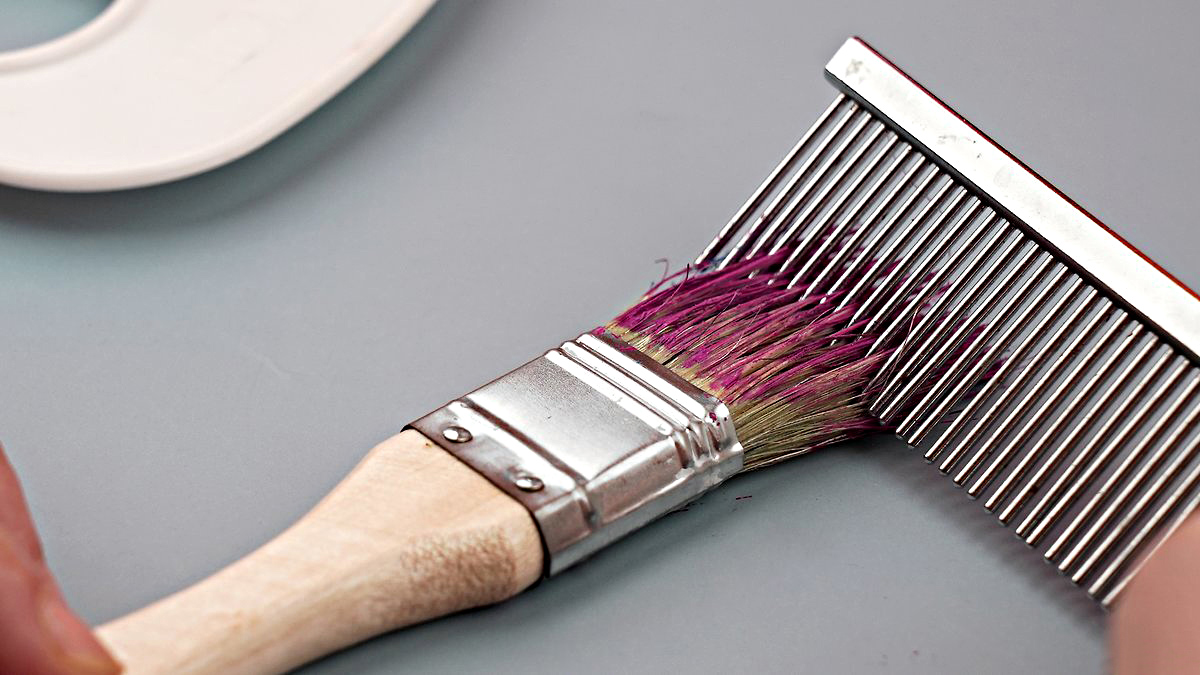

0 thoughts on “How To Soften Up Paint Brushes”